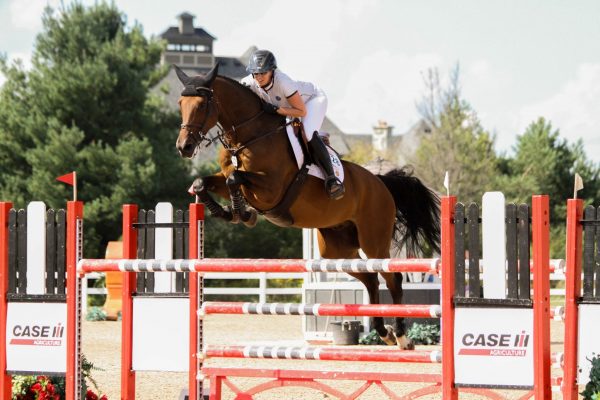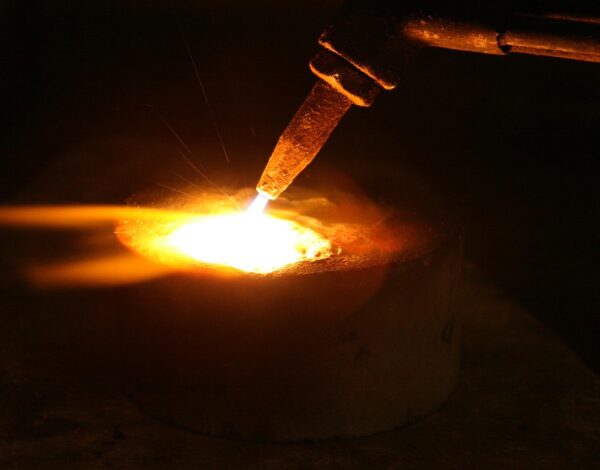

Medical-Grade Gases and Treatments in Veterinary Medicine
To many, pets are like family and their owners would do anything to ensure they are living full, healthy lives. But as we know, animals cannot tell us what is wrong or what they need. Many times, their medical conditions are similar to our own – arthritis, broken bones, cancer, viruses, infections. Through the science of veterinary medicine, animals small and large can benefit from similar procedures as humans can by using various medical-grade gases to administer to their needs.
Cryotherapy
Animals can take advantage of the freezing phenomenon of cryotherapy for various procedures – typically those involving the skin. Just as humans freeze off unwanted or pre-cancerous skin cells, this is a viable option for animals as well. Whether it’s a skin tag, wart, cyst, tumor or a form of skin cancer, large soaked cotton swabs or cryoguns filled with Liquid Nitrogen can be used for a quick procedure, causing the animal little discomfort. At -321 degrees Fahrenheit, Liquid Nitrogen kills abnormal cells, and the dead skin cells fall off shortly after. This freezing agent also decreases the risk of the abnormal cells regenerating by killing bacteria.
Some forms of cryotherapy call for anesthesia (for example, if the procedure is done in the mouth), or a numbing agent around the treated area. This is a desirable alternative to surgery, as it eliminates the need for incisions and thus the risk of infection and can be done at a lower cost.
Cryochambers
Cryochambers are tubs where the whole body is immersed in a tub of extremely cold air (usually around -250 degrees Fahrenheit) with the head sticking out. Athletes benefit from healing cryochambers – or cryosaunas – to initiate faster healing times and improve endurance. A similar replica is available to treat animals – commonly dogs. For three to eight minutes, dogs are submerged in a bathtub-like chamber pumping foggy Liquid Nitrogen at a temperate between -120 and -130 degrees Fahrenheit.
Cryotherapy can help dogs with:
– Blood circulation
– Constipation
– Fur growth
– Inflammation
– Joint pain
– Metabolism
– Mobility
– Skin disorders

Used in conjunction with anti-inflammation medication, animals with minor injuries, muscle injuries, or muscle overuse can benefit from therapy in cryochambers. An example of this would be an older dog who has a torn ACL who is too old for surgery.
How does a cryosauna actually heal muscles? Well, it is similar to taking an ice bath, but is quicker and more effective because of the sub-zero temperatures. Not to mention, it is more comfortable. Large quantities of Liquid Nitrogen to initiate blood flow and oxygenate blood is what make this healing possible.
Oxygen Therapy
Similar to a cryosauna in the way the treatment is conducted is Hyperbaric Oxygen Therapy (HBOT). Race and agility horses are common patients of HBOT, but smaller animals can benefit from the results, too. HBOT creates new blood vessels and transfers more red and white blood cells to where the body needs it. The therapy reduces inflammation, reversing the effects of whichever disease is being targeted. For race horses specifically, HBOT is great for treating mares after giving birth, and laminitis, which is inflammation of hoof tissue.
Animal patients that can benefit from HBOT are those with the following:
– Anemia
– Bruised lungs
– Bone infection
– Breathing impairments
– Congestive heart failure
– Pneumonia
– Post-surgical recovery
– Slow healing wounds
Massive chambers for horses are large enough for them to stand and walk around in and can hold between one to three horses. HBOT for smaller animals is typically funneled into a plexiglass cage inside of a chamber. This treatment is so relaxing that animals have been known to fall asleep.

Where to Purchase Medical-Grade Gases for Veterinary Medicine
Rocky Mountain Air is a supplier of medical-grade gases in the Rocky Mountain region and surrounding states of Colorado, Utah, Wyoming, Idaho and Nebraska. With experience in serving these specific applications, we are prepared to evaluate your medical-grade gas usage no matter the scale of your veterinary medical clinic. For small veterinary clinics, high pressure tanks may work best for your operation, while bulk tanks may be preferable for rehabilitation clinics and emergency veterinary hospitals. Our cryogenics experts can assist you in evaluating your usage and designing the most efficient delivery plan.
Contact your local RMA location today in any one of our five states to learn how we can supply you with the best medical-grade gases for your Veterinary practice. We look forward to serving you.



